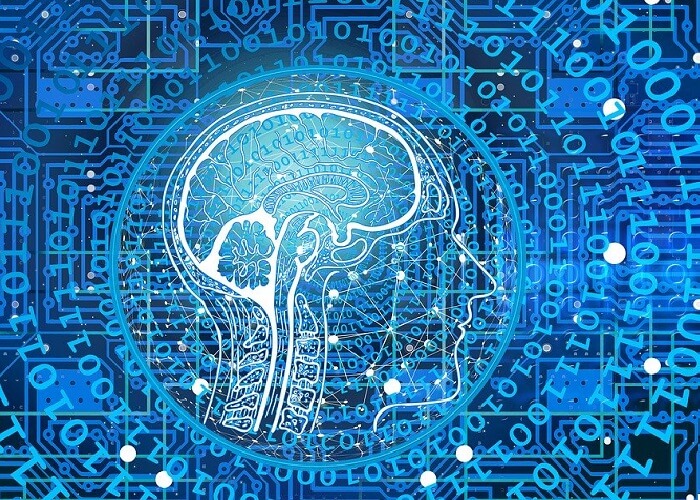What is artificial intelligence? AI is developing a computer system that is capable to perform tasks that require human intelligence, such as solving complex problems, decision-making, and detecting an object.

Stages of Artificial Intelligence
It refers to phases of intelligence that a machine can acquire. AI has three stages which include:
Artificial Narrow Intelligence(ANI)
It is a weak AI that involves machines that are capable to perform only a narrow set of specified tasks.
The machines at this stage do not have the ability to think, rather they just perform a set of predefined tasks.
Examples of ANI include self-driving cars, Sophia the humanoid, Siri, etc. Most AI-based systems developed until this date falls under the category of ANI.
Artificial General Intelligence(AGI)
It is a strong AI where machines will be capable to think, make decisions, solve puzzles, learn, and communicate just like human beings.
There are no currently existing examples of AGI, however, in the future, humans will be able to create a machine that is smart as a human being.
The evolution of this stage is considered by many a threat to human existence.
Artificial Super Intelligence(ASI)
It is a stage of evolution of AI where machines are capable to surpass human beings.
Currently, ASI is a hypothetical scenario as shown in movies and fiction reading material where machines have taken over the world.
The development of AI is moving too fast and soon computers will be able to acquire this stage of the artificial stage.
Types of AI-Based on Their Functionality
Reactive Machines AI
It refers to machines operating solely on the current data, taking into account only the present situation.
Machines are not capable to form references from the data to evaluate their future actions and can perform a narrow range of predefined functions.
An example of Reactive AI is the IBM Chess Programme that beat Garry Kasparov, World Chess Champion.
Limited Memory AI
As the name suggests, machines are able to make informed and improved decisions by studying past data stored in their memory.
Machines have a temporary or short-lived memory that stores past experiences and is hence used in evaluating future actions. An example is self-driving cars that use a collection of data to make immediate decisions. For instance, these cars use sensors in identifying civilians crossing the road, traffic signals, steep roads, etc to make better driving decisions. This assists to prevent any future accidents.
Theory of Mind AI
It is an advanced type of AI. machines in this category are conjectured to play an important role in psychology. It focuses mainly on emotional intelligence so that human beliefs and thoughts can be better comprehended.
Machines are yet to be fully developed but research is happening in this field.
Self-aware AI
Machines in this category possess their own consciousness and self-awareness. This type of AI is little fetched given the present circumstances but in the future, achieving this type of superintelligence might be possible.
Examples Showing the Benefits of AI
The following examples will show AI in action.
Virtual Assistant
It is the best-known example of AI that we have in our homes. Virtual assistants such as Google Duplex and Siri use AI to interact with you. AI uses sophisticated algorithms to learn data input becoming better to predict end-users needs. AI understands a natural language voice and completes tasks for the user.
Such tasks that were historically performed by secretaries include reading texts aloud, scheduling, and making phone calls.
Game players
You can also use AI to learn a task. AlphaGo AI, which was developed by Google has taught itself to play the game Go. In the betting world, AI has been utilized as it gives better and more precise results than the human brain itself. You can use AI in cricket betting to increase your chances of winning.
Augmented reality
Do you recall the summer that Pokemon Go catapulted itself into the world? Augmented reality is a tech that superimposes a computer-generated image on a user’s view providing a composite view.
It is made possible by combining data from multiple sensors- gyroscopes, cameras, GPs to form a digital presentation of your world that can be overlaid on top of the physical one. AR and AI are different technological advancements but they can be used together to create unique experiences.




